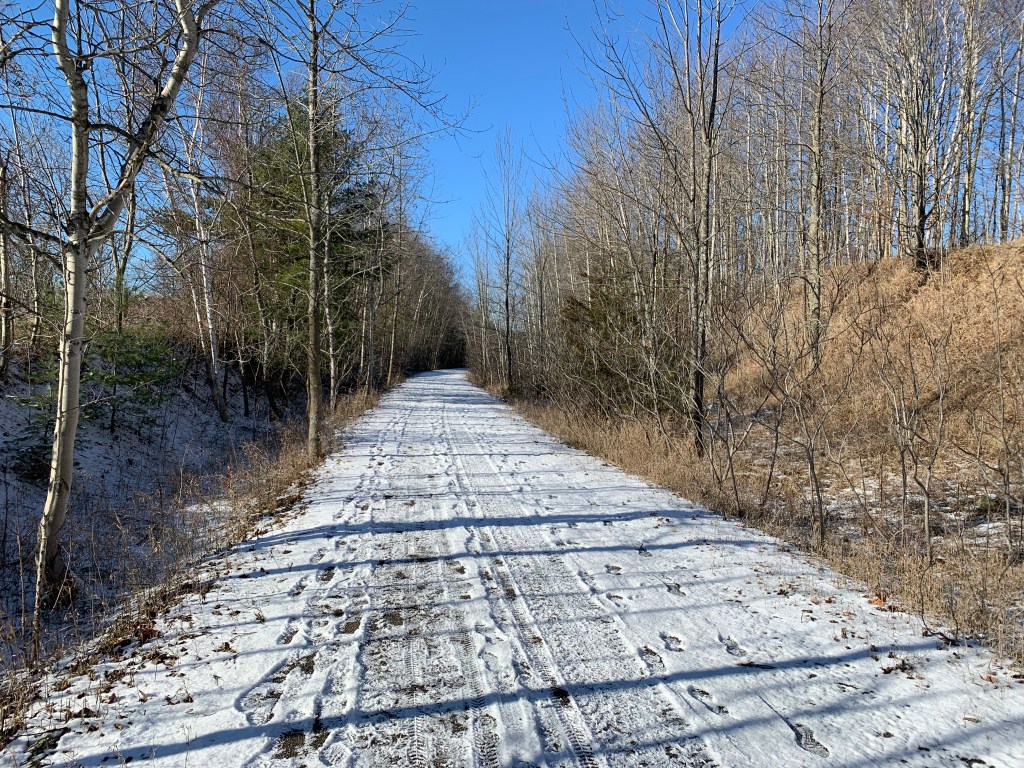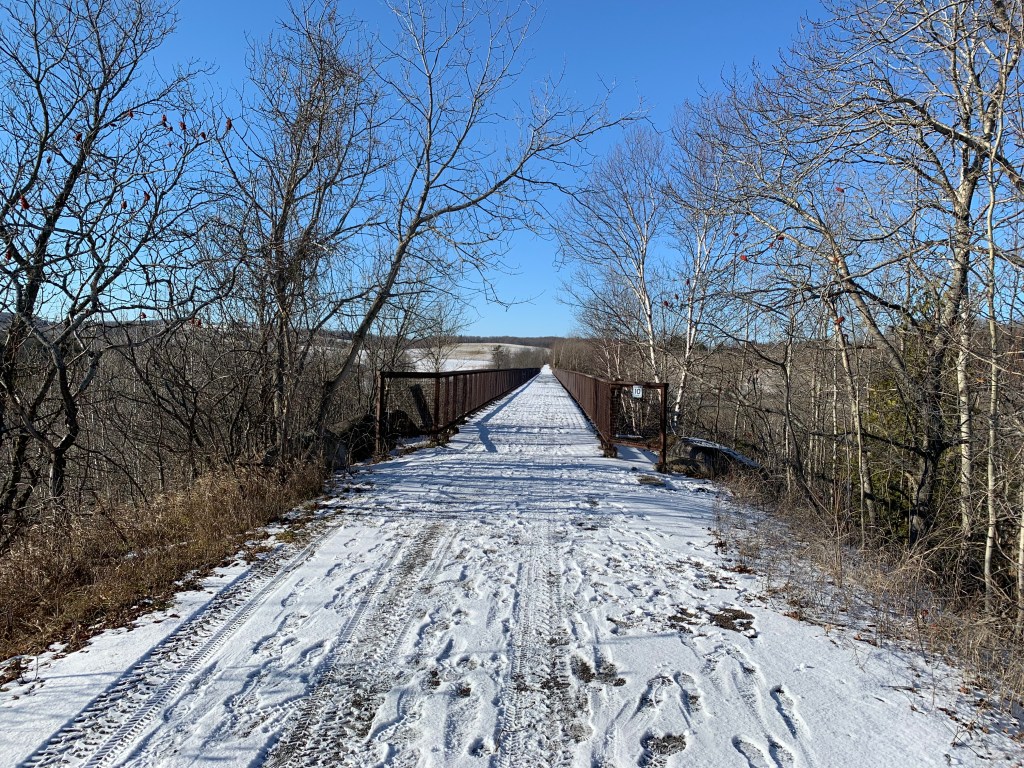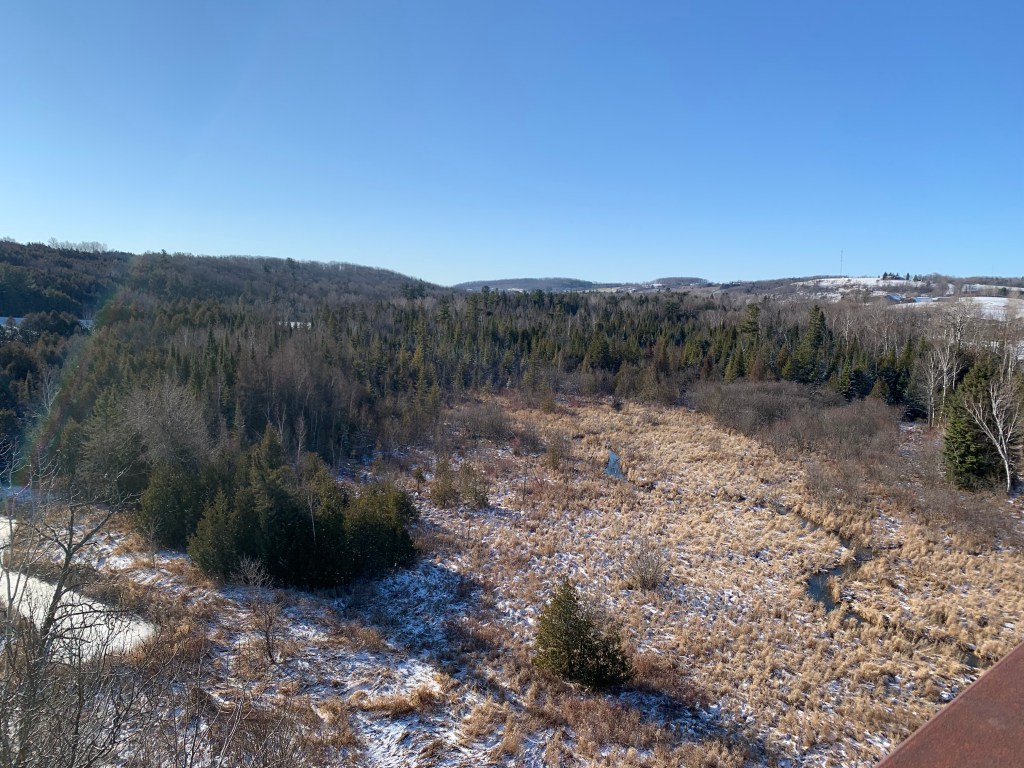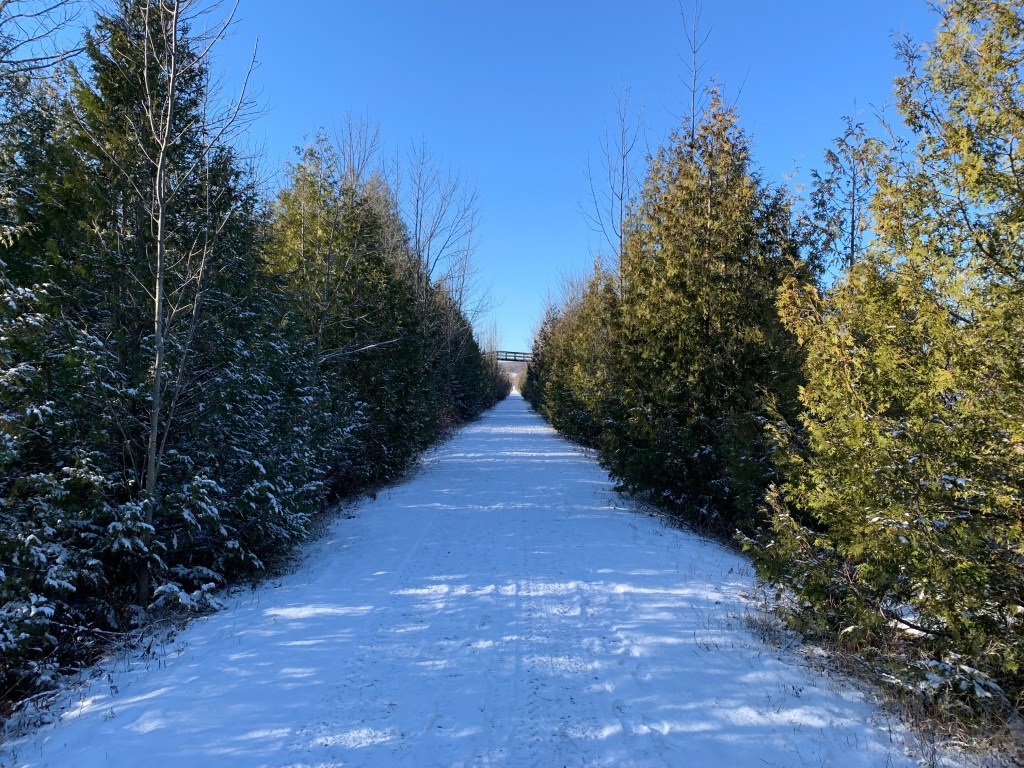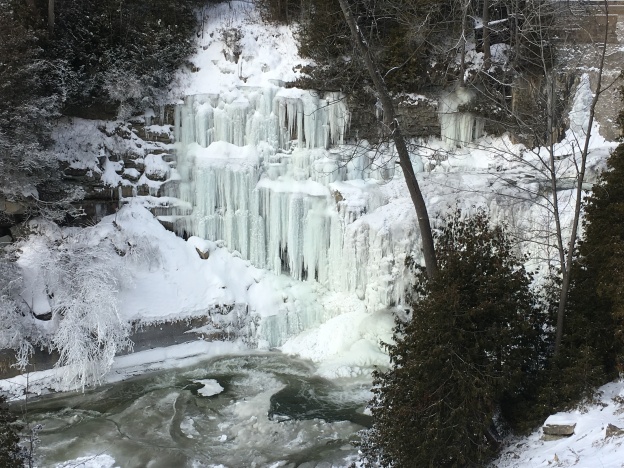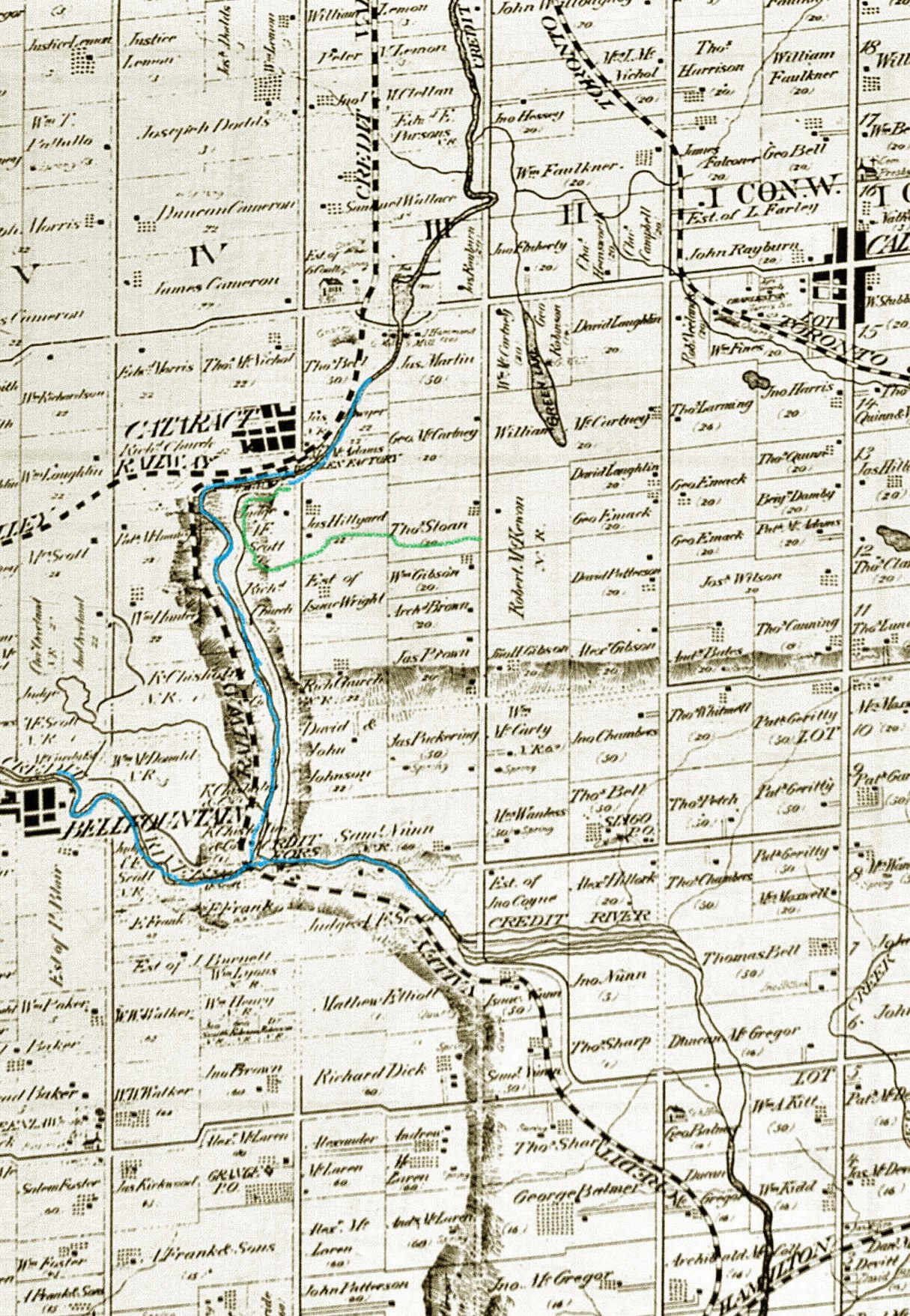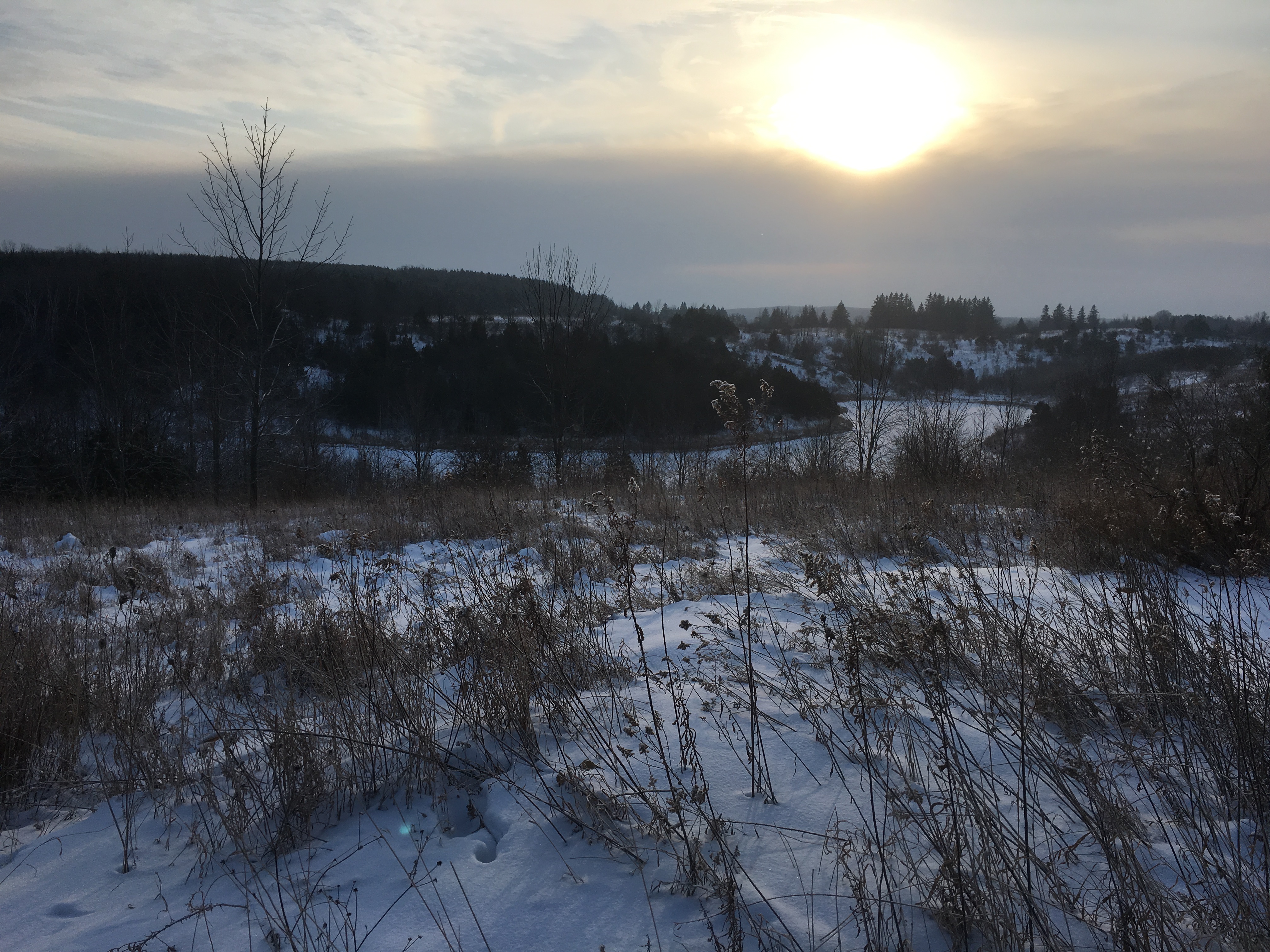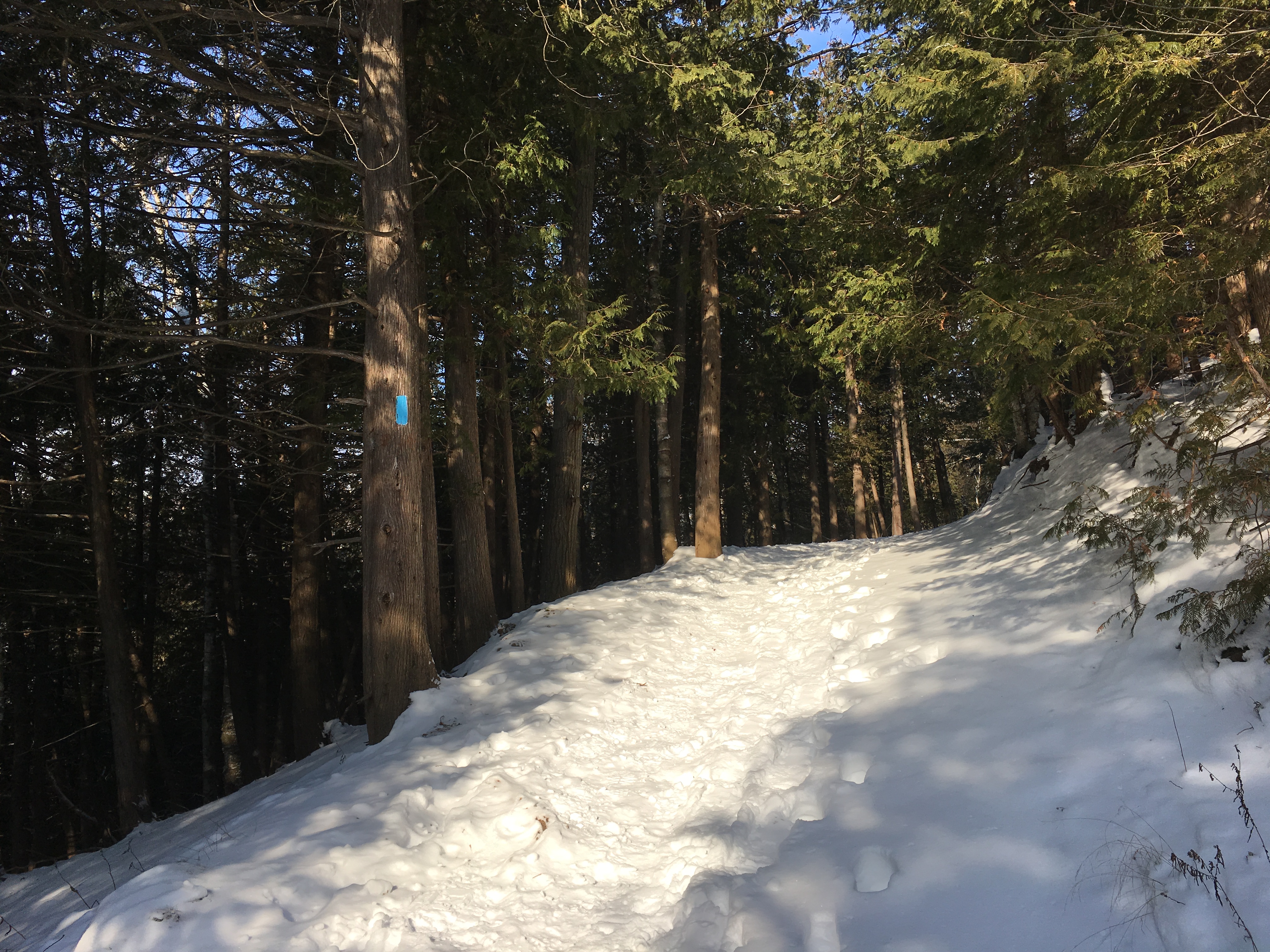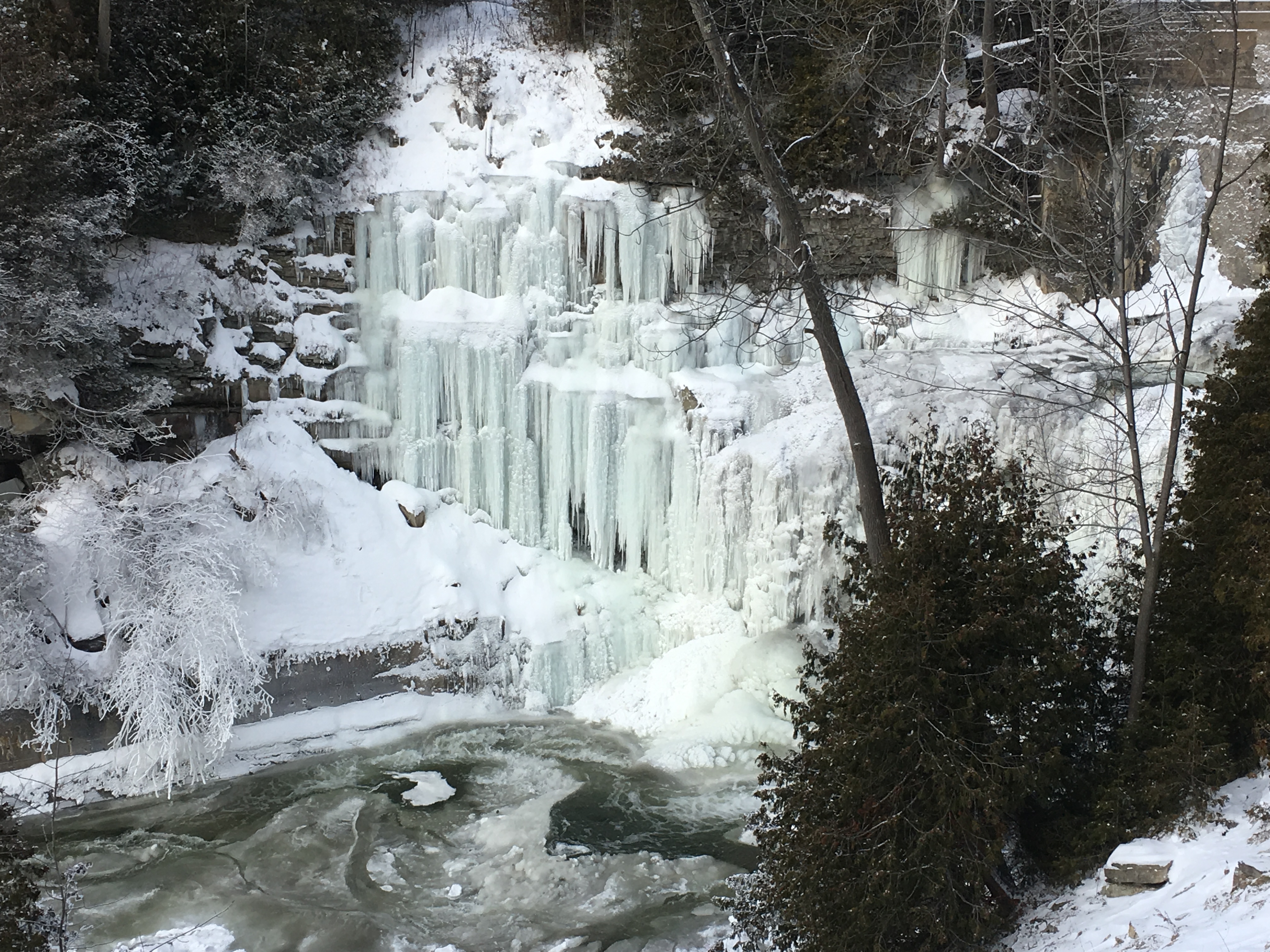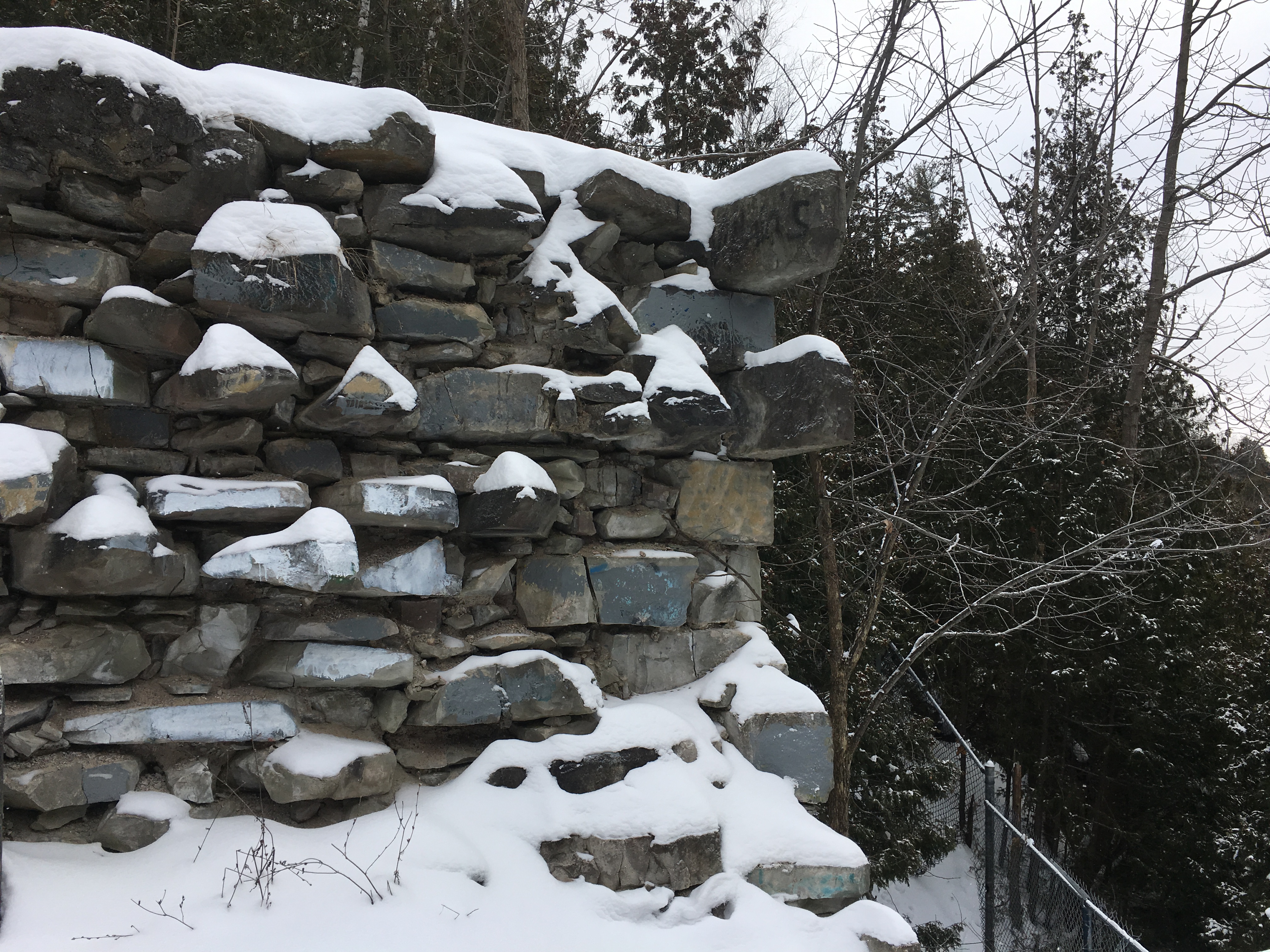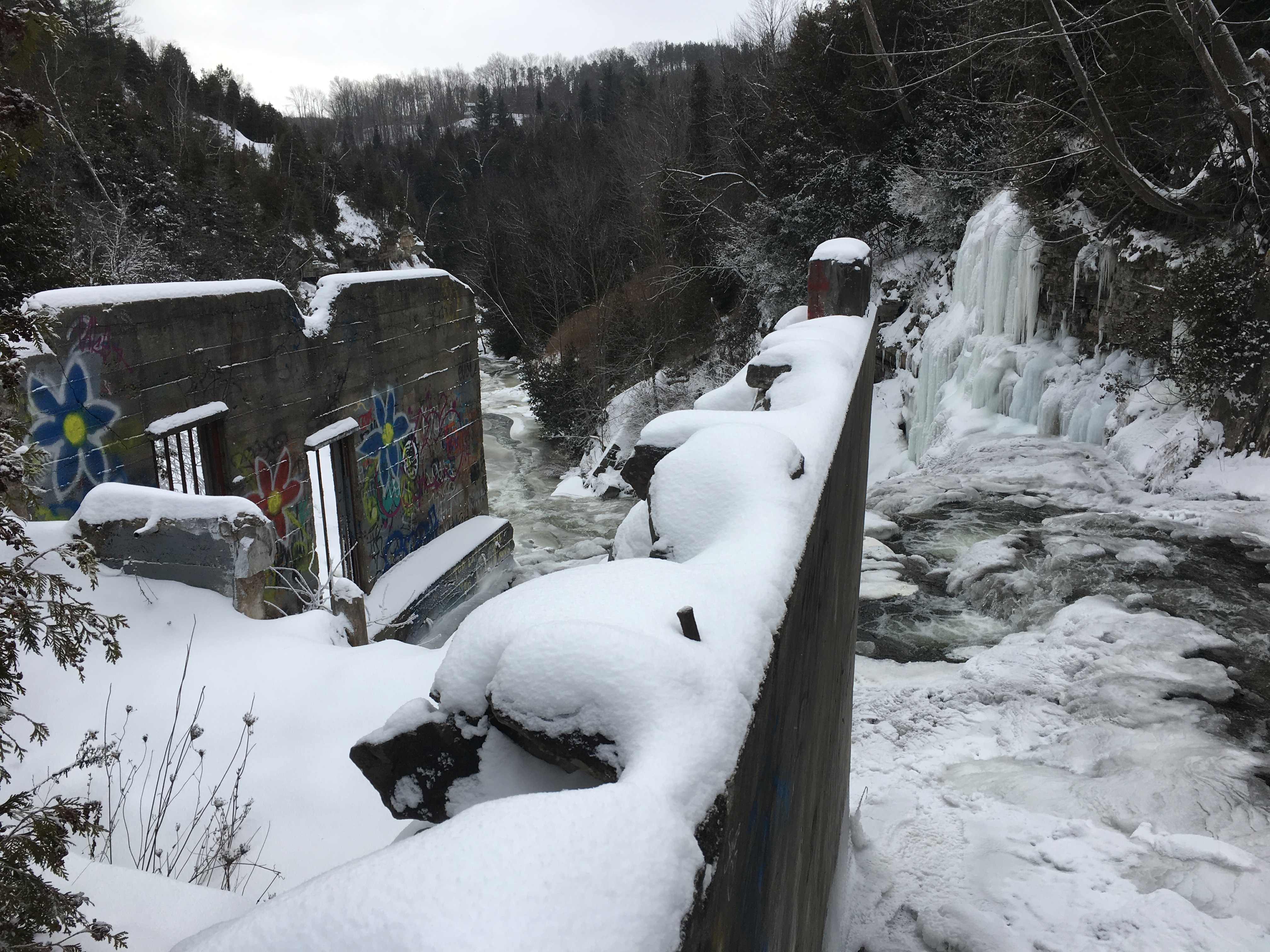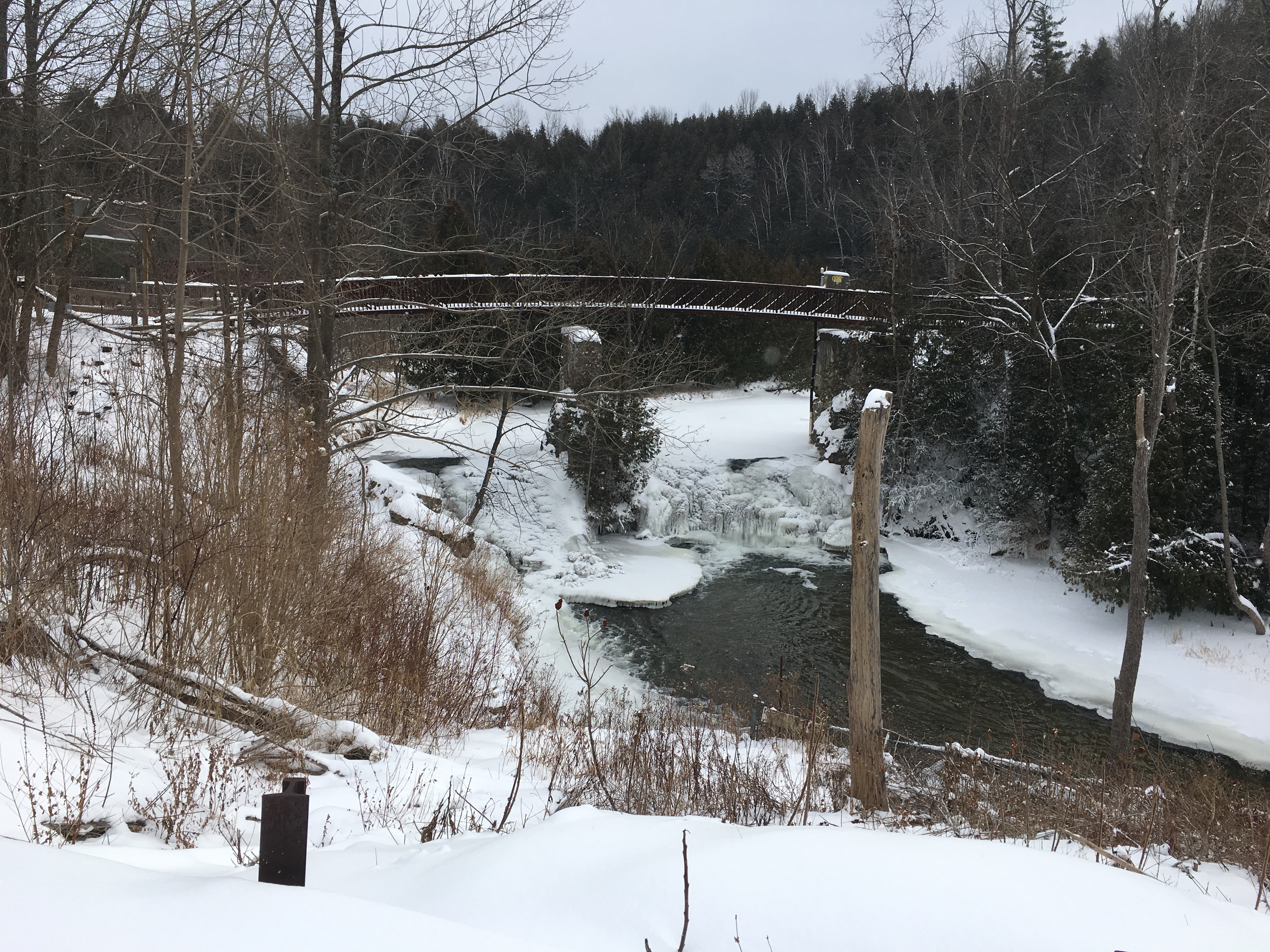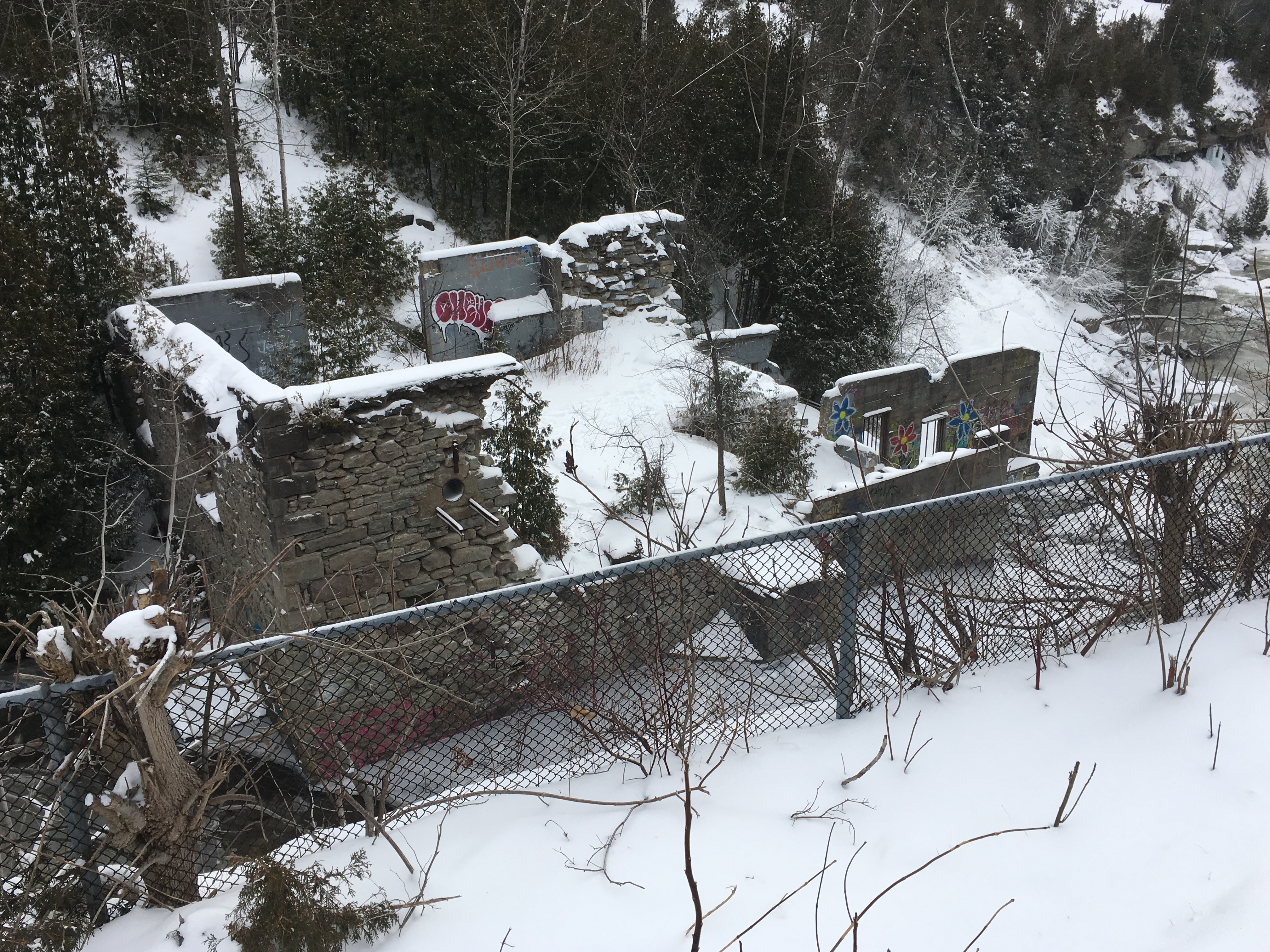Sunday, February 20, 2022
The Village of Tweed is in the former Township of Hungerford and was founded in the 1830s under the name of Hungerford Mills. It became a bit of a boomtown during the mid-19th century because of local mining and lumber resources. In 1891 it was incorporated as a village and renamed Tweed after a river in Scotland. Originally, the Municipal Building housed the police constable and had a small jail in the basement. When it flooded the community began to look for an alternative place to keep the occasional miscreant. Being in town on business I decided to check out the new one.
R. F. Houston had founded the Tweed lumber company in 1893 and he stepped forward with a design for a small three-cell jail. The cells were located in the back with a small lobby inside the front door. The town paid him $10.00 for the design which they began to work on it in 1898. It didn’t open until 1900 which seems like a pretty long construction time for such a small building. The community paid $350.00 for it which is equivalent to $11, 700 in 2022 currency. The simple design has two small windows and a door in front and no other openings in the walls, which are made of cut stone. The one accent to the building is the gingerbread on the front gable, highlighted by the ball finial projecting above the roofline.

Tweed was never a community that had a lot of crime and the jail was rarely used, and then only for a few minor offenses. One exception was Gideon Butts who was held there for one night in 1903 before being sent to Napanee. He seems to have had severe issues, killing his wife under the delusion that she was a serpent. Constables were paid 20 cents to watch over prisoners and given 30 cents if they had to feed them as well. By 1950 the jail was deemed unnecessary as it was never actually in use. After it was closed the Ontario Provincial Police renovated the inside so that they could use it as a community station. They removed the three jail cells and replaced them with a single cell that allowed them to open the front up enough to put a desk in there. When the O.P.P. moved into the municipal building the former jail was converted into a tourist information centre which is open in the summer months.
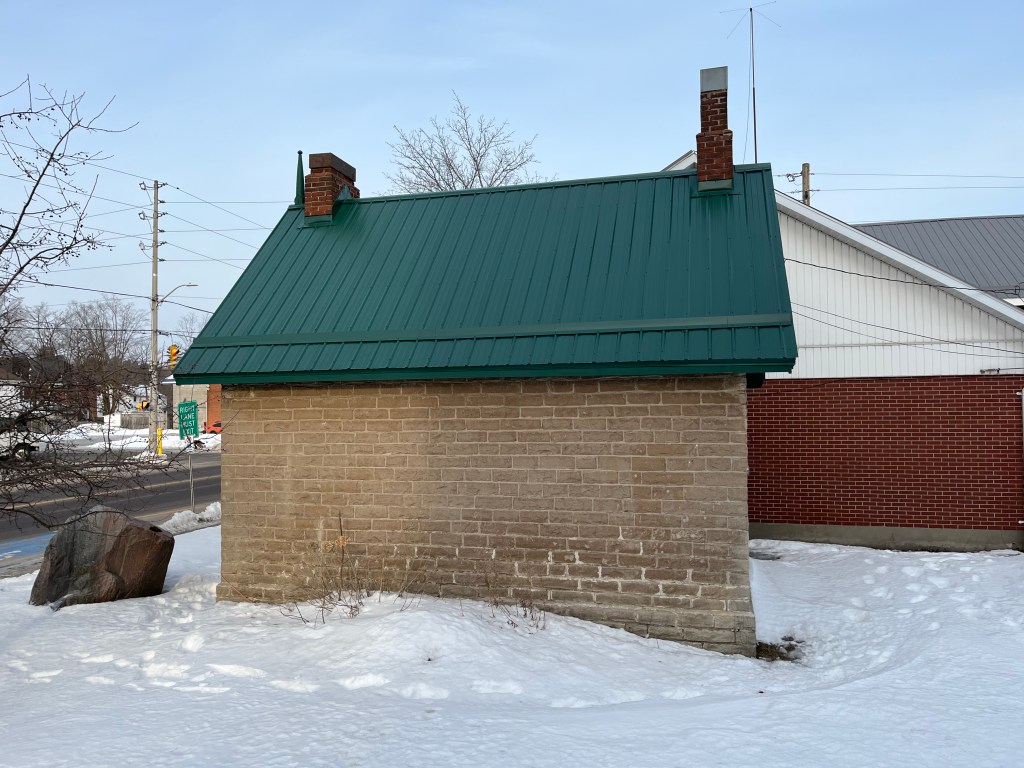
So, does Tweed really have North America’s smallest jail? At just 15.74 feet wide by 19.68 feet deep it is certainly one of the smallest, however, several other communities also claim to have the smallest jail. The one in Creemore from 1892 is almost a foot narrower at 14.76 by 19.68 while Port Dalhousie has a jail built in 1845 that is 20 feet by 15 feet 2 inches. Several other small towns, including Coboconk, boast small jails and they are all within a few inches of each other in size. However, the ability to claim the smallest jail goes to the town of Rodney. Their tiny jail was built in 1890 and measures just 14.76 feet by 17.71 feet.
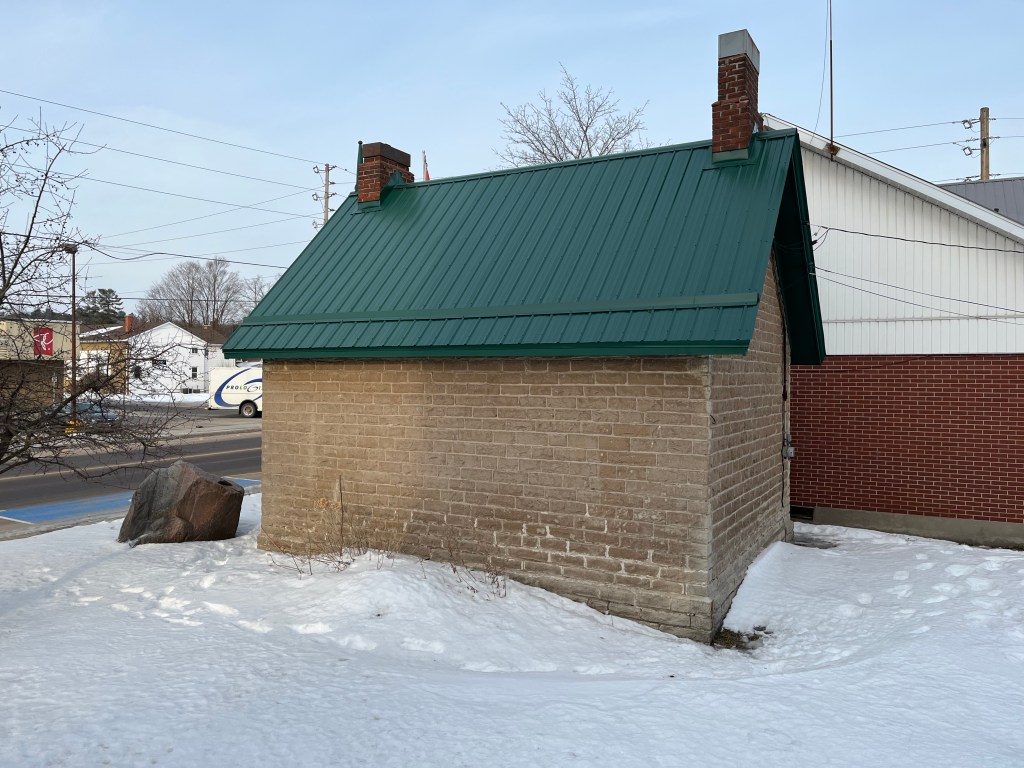
As it turns out, Tweed might not actually have the smallest jail in North America but they do have beautiful Stoco Lake, a well-preserved 19th-century main street, and the Trans Canada Trail which follows the old Bay of Quinte Railway line through town. I believe I will have to check out the trail the next time I’m in town.
We have previously posted about the Don Jail and the Owen Sound Jail
Google Maps Link: Tweed Jail
Like us at http://www.facebook.com/hikingthegta
Follow us at http://www.hikingthegta.com
Also, look for us on Instagram


